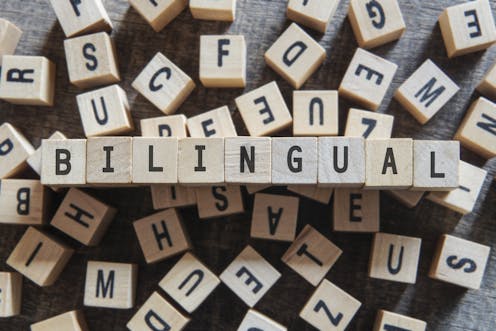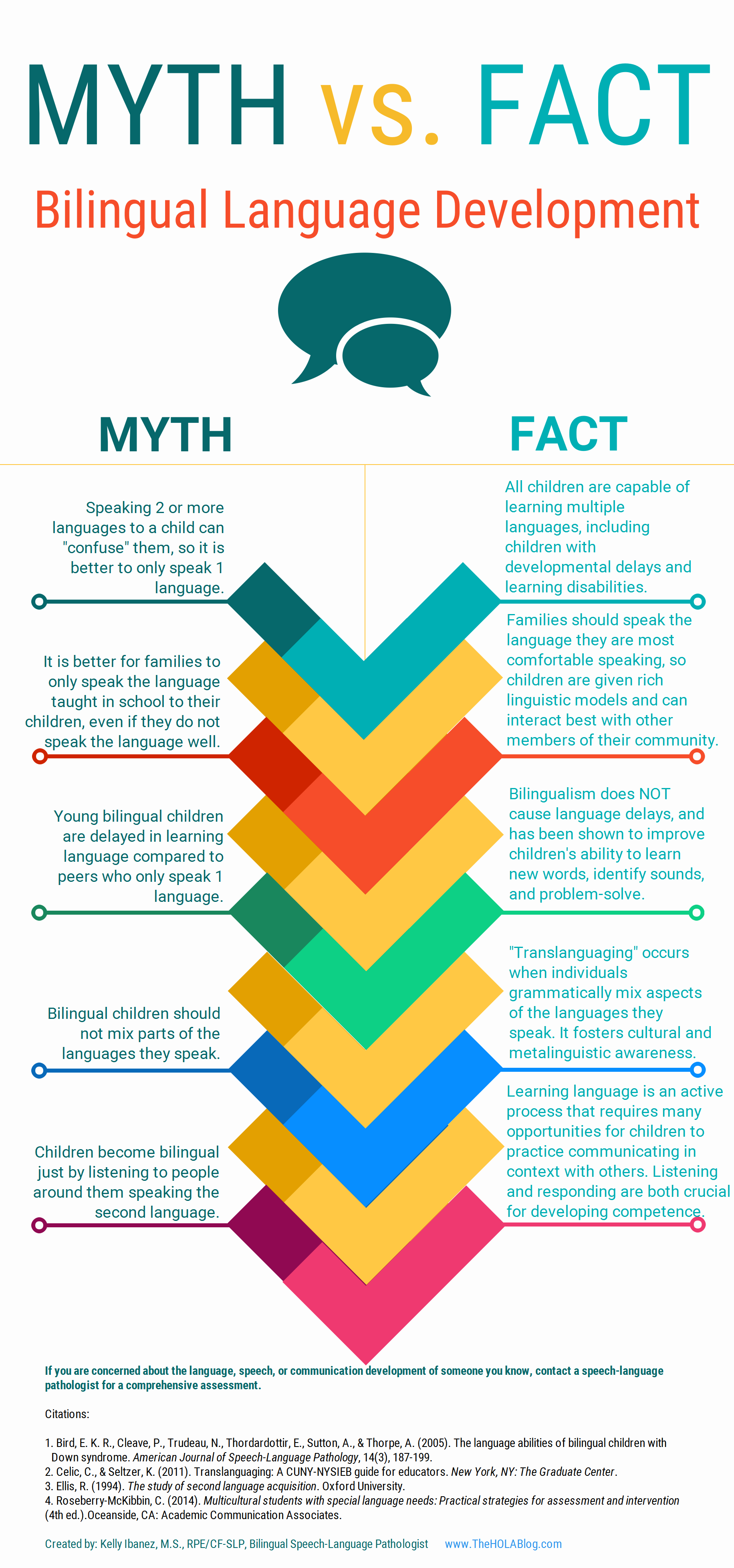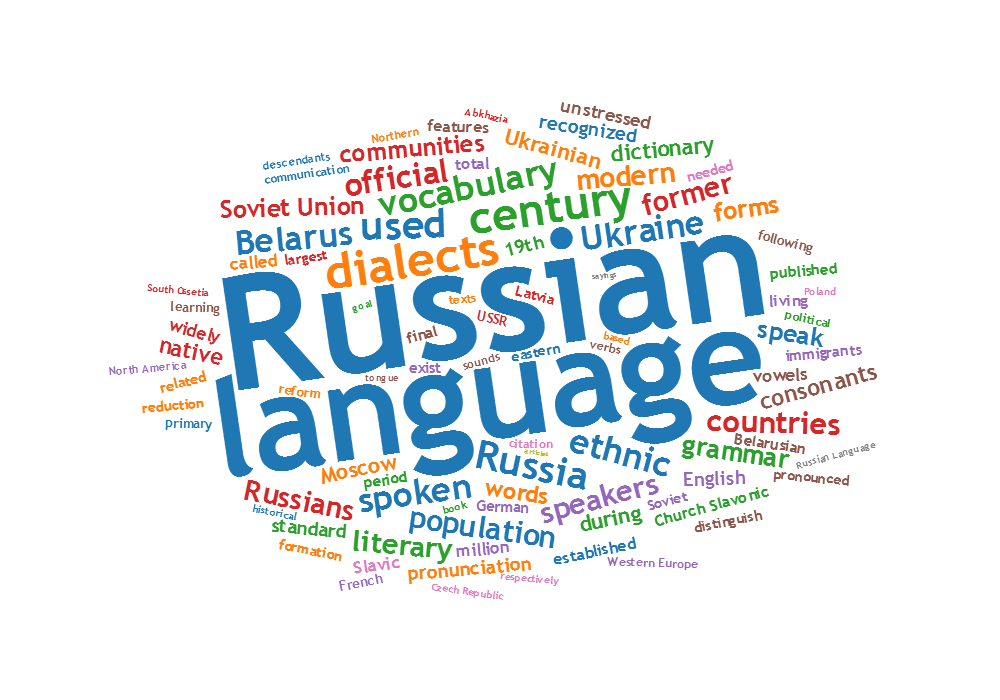 Over the years this blog has amassed many posts on a variety of topics pertaining to the assessment and treatment in speech-language pathology. With over 300 posts and over 130 search categories it’s no wonder that some of you have reached out to ask about effective ways of finding relevant information quickly. As such, in addition to the existing categories pertaining to specific topics (e.g., writing, social communication, etc.) I have created two specific categories which were asked about by numerous blog subscribers in recent emails. Continue reading Helpful Smart Speech Therapy Site Searching Tips
Over the years this blog has amassed many posts on a variety of topics pertaining to the assessment and treatment in speech-language pathology. With over 300 posts and over 130 search categories it’s no wonder that some of you have reached out to ask about effective ways of finding relevant information quickly. As such, in addition to the existing categories pertaining to specific topics (e.g., writing, social communication, etc.) I have created two specific categories which were asked about by numerous blog subscribers in recent emails. Continue reading Helpful Smart Speech Therapy Site Searching Tips
Category: Russian
FREE Resources for Working with Russian Speaking Clients: Part III Introduction to “Dyslexia”
 Given the rising interest in recent years in the role of SLPs in the treatment of reading disorders, today I wanted to share with parents and professionals several reputable FREE resources on the subject of “dyslexia” in Russian-speaking children.
Given the rising interest in recent years in the role of SLPs in the treatment of reading disorders, today I wanted to share with parents and professionals several reputable FREE resources on the subject of “dyslexia” in Russian-speaking children.
Now if you already knew that there was a dearth of resources on the topic of treating Russian speaking children with language disorders then it will not come as a complete shock to you that very few legitimate sources exist on this subject.
 First up is the Report on the Russian Language for the World Dyslexia Forum 2010 by Dr. Grigorenko, the coauthor of the Dyslexia Debate. This 25-page report contains important information including Reading/Writing Acquisition of Russian in the Context of Typical and Atypical Development as well as on the state of Individuals with Dyslexia in Russia.
First up is the Report on the Russian Language for the World Dyslexia Forum 2010 by Dr. Grigorenko, the coauthor of the Dyslexia Debate. This 25-page report contains important information including Reading/Writing Acquisition of Russian in the Context of Typical and Atypical Development as well as on the state of Individuals with Dyslexia in Russia.
 Next up is this delightful presentation entitled: “If John were Ivan: Would he fail in reading? Dyslexia & dysgraphia in Russian“. It is a veritable treasure trove of useful information on the topics of:
Next up is this delightful presentation entitled: “If John were Ivan: Would he fail in reading? Dyslexia & dysgraphia in Russian“. It is a veritable treasure trove of useful information on the topics of:
- The Russian language
- Literacy in Russia (Russian Federation)
- Dyslexia in Russia
- Definition
- Identification
- Policy
- Examples of good practice
- Teaching reading/language arts
• In regular schools
• In specialized settings - Encouraging children to learn
- Teaching reading/language arts
 Now let us move on to the “The Role of Phonology, Morphology, and Orthography in English and Russian Spelling” which discusses that “phonology and morphology contribute more for spelling of English words while orthography and morphology contribute more to the spelling of Russian words“. It also provides clinicians with access to the stimuli from the orthographic awareness and spelling tests in both English and Russian, listed in its appendices.
Now let us move on to the “The Role of Phonology, Morphology, and Orthography in English and Russian Spelling” which discusses that “phonology and morphology contribute more for spelling of English words while orthography and morphology contribute more to the spelling of Russian words“. It also provides clinicians with access to the stimuli from the orthographic awareness and spelling tests in both English and Russian, listed in its appendices.
Finally, for parents and Russian speaking professionals, there’s an excellent article entitled, “Дислексия” in which Dr. Grigorenko comprehensively discusses the state of the field in Russian including information on its causes, rehabilitation, etc.
Related Helpful Resources:
- Анализ Нарративов У Детей С Недоразвитием Речи (Narrative Discourse Analysis in Children With Speech Underdevelopment)
- Narrative production weakness in Russian dyslexics: Linguistic or procedural limitations?
FREE Resources for Working with Russian Speaking Clients: Part II
A few years ago I wrote a blog post entitled “Working with Russian-speaking clients: implications for speech-language assessment” the aim of which was to provide some suggestions regarding assessment of bilingual Russian-American birth-school age population in order to assist SLPs with determining whether the assessed child presents with a language difference, insufficient language exposure, or a true language disorder.
Today I wanted to provide Russian speaking clinicians with a few FREE resources pertaining to the typical speech and language development of Russian speaking children 0-7 years of age.
Below materials include several FREE questionnaires regarding Russian language development (words and sentences) of children 0-3 years of age, a parent intake forms for Russian speaking clients, as well as a few relevant charts pertaining to the development of phonology, word formation, lexicon, morphology, syntax, and metalinguistics of children 0-7 years of age.
It is, however, important to note that due to the absence of research and standardized studies on this subject much of the below information still needs to be interpreted with significant caution.
Select Speech and Language Norms:
- Некоторые нормативы речевого развития детей от 18 до 36 месяцев (по материалам МакАртуровского опросника) (Number of words and sentence per age of Russian speakign children based on McArthur Bates)
- Речевой онтогенез: Развитие Речи Ребенка В Норме 0-7 years of age (based on the work of А.Н. Гвоздев) includes: Фонетика,Словообразование, Лексика, Морфолог-ия, Синтаксис, Метаязыковая деятельность (phonology, word formation, lexicon, morphology, syntax, and metalinguistics)
- Развитиe связной речи у детей 3-7 лет
a. Составление рассказа по серии сюжетных картинок
b. Пересказ текста
c. Составление описательного рассказа

Select Parent Questionnaires (McArthur Bates Adapted in Russian):
- Тест речевого и коммуникативного развития детей раннего возраста: слова и жесты (Words and Gestures)
- Тест речевого и коммуникативного развития детей раннего возраста: слова и предложения (Sentences)
- Анкета для родителей (Child Development Questionnaire for Parents)
Материал Для Родителей И Специалистов По Речевым
Нарушениям contains detailed information (27 pages) on Russian child development as well as common communication disrupting disorders
Stay tuned for more resources for Russian speaking SLPs coming shortly.
Related Resources:
- Working with Russian-speaking clients: implications for speech-language assessment
- Assessment of sound and syllable imitation in Russian speaking infants and toddlers
- Russian Articulation Screener
- Language Difference vs. Language Disorder: Assessment & Intervention Strategies for SLPs Working with Bilingual Children
- Impact of Cultural and Linguistic Variables On Speech-Language Services
Is it a Difference or a Disorder? Free Resources for SLPs Working with Bilingual and Multicultural Children
 For bilingual and monolingual SLPs working with bilingual and multicultural children, the question of: “Is it a difference or a disorder?” arises on a daily basis as they attempt to navigate the myriad of difficulties they encounter in their attempts at appropriate diagnosis of speech, language, and literacy disorders.
For bilingual and monolingual SLPs working with bilingual and multicultural children, the question of: “Is it a difference or a disorder?” arises on a daily basis as they attempt to navigate the myriad of difficulties they encounter in their attempts at appropriate diagnosis of speech, language, and literacy disorders.
 For that purpose, I’ve recently created a Checklist for Identification of Speech-Language Disorders in Bilingual and Multicultural Children. Its aim is to assist Speech Language Pathologists (SLPs) and Teachers in the decision-making process of how to appropriately identify bilingual/multicultural children who present with speech-language delay/deficits (vs. a language difference), for the purpose of initiating a formal speech-language-literacy evaluation. The goal is to ensure that educational professionals are appropriately identifying bilingual children for assessment and service provision due to legitimate speech language deficits/concerns, and are not over-identifying students because they speak multiple languages or because they come from low socioeconomic backgrounds. It is very important to understand that true language impairment in bilingual children will be evident in both languages from early childhood onwards, and thus will adversely affect the learning of both languages.
For that purpose, I’ve recently created a Checklist for Identification of Speech-Language Disorders in Bilingual and Multicultural Children. Its aim is to assist Speech Language Pathologists (SLPs) and Teachers in the decision-making process of how to appropriately identify bilingual/multicultural children who present with speech-language delay/deficits (vs. a language difference), for the purpose of initiating a formal speech-language-literacy evaluation. The goal is to ensure that educational professionals are appropriately identifying bilingual children for assessment and service provision due to legitimate speech language deficits/concerns, and are not over-identifying students because they speak multiple languages or because they come from low socioeconomic backgrounds. It is very important to understand that true language impairment in bilingual children will be evident in both languages from early childhood onwards, and thus will adversely affect the learning of both languages.
However, today the aim of today’s post is not on the above product but rather on the FREE free bilingual and multicultural resources available to SLPs online in their quest of differentiating between a language difference from a language disorder in bilingual and multicultural children.
 Let’s start with an excellent free infographic entitled from the Hola Blog “Myth vs. Fact: Bilingual Language Development” which was created by Kelly Ibanez, MS CCC-SLP to help dispel bilingual myths and encourage practices that promote multilingualism. Clinicians can download it and refer to it themselves, share it with other health and/or educational professionals as well as show it to parents of their clients.
Let’s start with an excellent free infographic entitled from the Hola Blog “Myth vs. Fact: Bilingual Language Development” which was created by Kelly Ibanez, MS CCC-SLP to help dispel bilingual myths and encourage practices that promote multilingualism. Clinicians can download it and refer to it themselves, share it with other health and/or educational professionals as well as show it to parents of their clients.
Let us now move on to the typical phonological development of English speaking children. After all, in order to compare other languages to English, SLPs need to be well versed in the acquisition of speech sounds in the English language. Children’s speech acquisition, developed by Sharynne McLeod, Ph.D., of Charles Sturt University, is one such resource. It contains a compilation of data on typical speech development for English speaking children, which is organized according to children’s ages to reflect a typical developmental sequence.
 Next up, is a great archive which contains phonetic inventories of the various language spoken around the world for contrastive analysis purposes. The same website also contains a speech accent archive. Native and non-native speakers of English were recorded reading the same English paragraph for teaching and research purposes. It is meant to be used by professionals who are interested in comparing the accents of different English speakers.
Next up, is a great archive which contains phonetic inventories of the various language spoken around the world for contrastive analysis purposes. The same website also contains a speech accent archive. Native and non-native speakers of English were recorded reading the same English paragraph for teaching and research purposes. It is meant to be used by professionals who are interested in comparing the accents of different English speakers.
![]() Now let’s talk about one of my favorite websites, MULTILINGUAL CHILDREN’S SPEECH, also developed by Dr. Mcleod of Charles Stuart University. It contains an AMAZING plethora of resources on bilingual speech development and assessment. To illustrate, its Speech Acquisition Data includes A list of over 200 speech acquisition studies. It also contains a HUGE archive on Speech Assessments in NUMEROUS LANGUAGES as well as select assessment reviews. Finally, the website also lists in detail how aspects of speech (e.g., consonants, vowels, syllables, tones) differ between languages.
Now let’s talk about one of my favorite websites, MULTILINGUAL CHILDREN’S SPEECH, also developed by Dr. Mcleod of Charles Stuart University. It contains an AMAZING plethora of resources on bilingual speech development and assessment. To illustrate, its Speech Acquisition Data includes A list of over 200 speech acquisition studies. It also contains a HUGE archive on Speech Assessments in NUMEROUS LANGUAGES as well as select assessment reviews. Finally, the website also lists in detail how aspects of speech (e.g., consonants, vowels, syllables, tones) differ between languages.
The Leader’s Project Website is another highly informative source of FREE information on bilingual assessments, intervention, and FREE CEUS.
Now, I’d like to list some resources regarding language transfer errors.
This chart from Cengage Learning contains a nice, concise Language Guide to Transfer Errors. While it is aimed at multilingual/ESL writers, the information contained on the site is highly applicable to multilingual speakers as well.
You can also find a bonus transfer chart HERE. It contains information on specific structures such as articles, nouns, verbs, pronouns, adverbs, adjectives, word order, questions, commands, and negatives on pages 1-6 and phonemes on pages 7-8.
A final bonus chart entitled: Teacher’s Resource Guide of Language Transfer Issues for English Language Learners containing information on grammar and phonics for 10 different languages can be found HERE.
Similarly, this 16-page handout: Language Transfers: The Interaction Between English and Students’ Primary Languages also contains information on phonics and grammar transfers for Spanish, Cantonese, Vietnamese, Hmong Korean, and Khmer languages.
 For SLPs working with Russian-speaking children the following links pertinent to assessment, intervention and language transference may be helpful:
For SLPs working with Russian-speaking children the following links pertinent to assessment, intervention and language transference may be helpful:
- Working with Russian-speaking clients: implications for speech-language assessment
- Strategies in the acquisition of segments and syllables in Russian-speaking children
- Language Development of Bilingual Russian/ English Speaking Children Living in the United States: A Review of the Literature
- The acquisition of syllable structure by Russian-speaking children with SLI
To determine information about the children’s language development and language environment, in both their first and second language, visit the CHESL Centre website for The Alberta Language Development Questionnaire and The Alberta Language Environment Questionnaire
There you have it! FREE bilingual/multicultural SLP resources compiled for you conveniently in one place. And since there are much more FREE GEMS online, I’d love it if you guys contributed to and expanded this modest list by posting links and title descriptions in the comments section below for others to benefit from!
Together we can deliver the most up to date evidence-based assessment and intervention to bilingual and multicultural students that we serve! Click HERE to check out the FREE Resources in the SLPs for Evidence-Based Practice Group
Helpful Bilingual Smart Speech Therapy Resources:
- Checklist for Identification of Speech-Language Disorders in Bilingual and Multicultural Children
- Multicultural Assessment Bundle
- Best Practices in Bilingual Literacy Assessments and Interventions
- Dynamic Assessment of Bilingual and Multicultural Learners in Speech-Language Pathology
- Practical Strategies for Monolingual SLPs Assessing and Treating Bilingual Children
- Language Difference vs. Language Disorder: Assessment & Intervention Strategies for SLPs Working with Bilingual Children
- Impact of Cultural and Linguistic Variables On Speech-Language Services
- Assessment of sound and syllable imitation in Russian-speaking infants and toddlers
- Russian Articulation Screener
- Creating Translanguaging Classrooms and Therapy Rooms
Working with Russian-speaking clients: implications for speech-language assessment

United States boasts an impressive Russian-speaking population. Numerous Russian-Americans live in various parts of the country with large concentrations in states such as New York, New Jersey, Pennsylvania, Ohio, Washington, Oregon, Illinois, California, and Florida, with smaller numbers found in most of the remaining states. According to the 2010 United States Census the number of Russian speakers was 854,955, which made Russian the 12th most spoken language in the country (link to statistics). Continue reading Working with Russian-speaking clients: implications for speech-language assessment
What parents need to know about speech-language assessment of older internationally adopted children

This post is based on Elleseff, T (2013) Changing Trends in International Adoption: Implications for Speech-Language Pathologists. Perspectives on Global Issues in Communication Sciences and Related Disorders, 3: 45-53
Changing Trends in International Adoption:
In recent years the changing trends in international adoption revealed a shift in international adoption demographics which includes more preschool and school-aged children being sent for adoption vs. infants and toddlers (Selman, 2012a; 2010) as well as a significant increase in special needs adoptions from Eastern European countries as well as from China (Selman, 2010; 2012a). Continue reading What parents need to know about speech-language assessment of older internationally adopted children